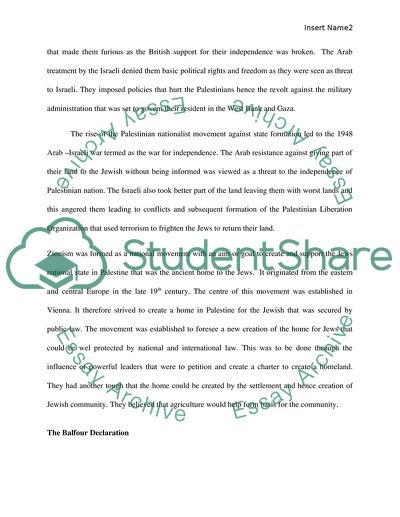Cite this document
(“Essay questions Example | Topics and Well Written Essays - 1250 words - 6”, n.d.)
Essay questions Example | Topics and Well Written Essays - 1250 words - 6. Retrieved from https://studentshare.org/history/1641945-essay-questions
Essay questions Example | Topics and Well Written Essays - 1250 words - 6. Retrieved from https://studentshare.org/history/1641945-essay-questions
(Essay Questions Example | Topics and Well Written Essays - 1250 Words - 6)
Essay Questions Example | Topics and Well Written Essays - 1250 Words - 6. https://studentshare.org/history/1641945-essay-questions.
Essay Questions Example | Topics and Well Written Essays - 1250 Words - 6. https://studentshare.org/history/1641945-essay-questions.
“Essay Questions Example | Topics and Well Written Essays - 1250 Words - 6”, n.d. https://studentshare.org/history/1641945-essay-questions.


